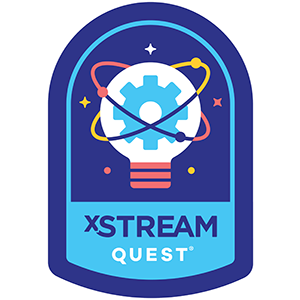Most parents know and value the impact reading has on their child. Parents should begin reading to their children as babies/toddlers and continue throughout their preschool years and elementary school years. Engaging in literacy skills from a young age helps build a foundation of vocabulary and literacy awareness that can help children be successful as they begin to learn to read on their own. Learning to read for some children is an amazing experience that opens new worlds of learning, but for other children it can be defeating and sometimes feel humiliating as they struggle.
As an educator, I raised my own two kids with a heavy focus on reading from a young age and an overall love of learning. When my daughter became an educator and later a parent, she carried on the tradition of reading to her two young children. When it became time for kindergarten, both grandkids had very different experiences. My grandson easily began to absorb everything he was taught and began to read fluently in kindergarten. On the other hand, my granddaughter that was 13 months oler had tremendous struggles. She had the same home support and upbringing but was severely struggling to read. During her 2nd grade year, we discovered she was dyslexic.
Dyslexia is a learning disability in which a child’s brain has trouble processing words and language. Dyslexia has nothing to do with intellect, but rather causes trouble decoding the building blocks of literacy. It is something that children are born with and is often passes down from generation to generation. Because anyone with Dyslexia will have it the rest of their life, the focus once identified is how to support and help a child with dyslexia learn to read and decode information in a way that works with the way their brain is wired.
Dyslexia is usually diagnosed in early elementary through testing. Many states require all kindergartners to be screened for Dyslexia. Since it is considered a type of learning disability, elementary schools will help create interventions to help a child with Dyslexia learn to read in a way that fits with the way their brain processes information. The earlier Dyslexia is identified, the earlier interventions can be put in place to minimize the learning gap.
Because early identification means early support and intervention, it is important for children to be identified as early as possible. My own granddaughter was not identified until mid-2nd grade. By that point, she had two years of frustration and feelings of defeat trying to learn in a way that did not target the way her brain worked. Each year that passes now, she gets stronger in her reading skills and that learning gap closes more each year.
Here are some characteristics by age that could indicate that a child may have Dyslexia:
Possible Early Education Indicators-
- Delayed language development
- Trouble with simple rhyming words
- Trouble following multi-step directions
- Difficulty paying attention and listening to stories
- Forgetting names of things, friends, colors, objects
- Difficulty sequencing things
- Trouble remembering the name or sounds of letters
- Difficulty pronouncing multisyllable words
Possible Elementary Indicators-
- Difficulty learning and remembering letter sounds and blends
- Difficulty in identifying syllables in words
- Difficulty in sounding out simple words
- Difficulty in learning how to spell common words
- Difficulty in remembering details after they read something
- Writing some letters backwards such as “b” and “d”
- Difficulty paying attention and following multi-step instructions



